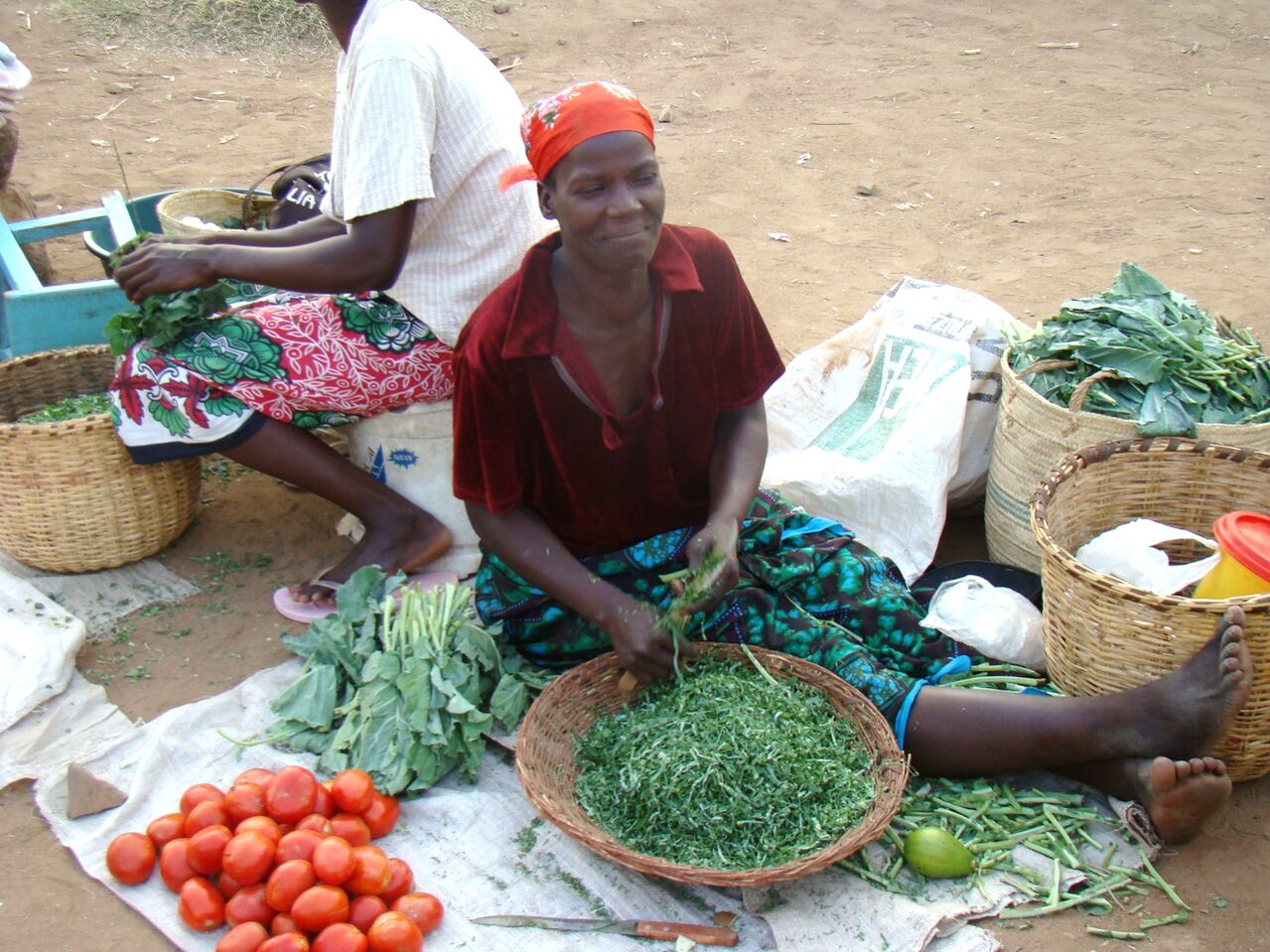
Customs and Cuisine of Kenya
Known as “the cradle of mankind,” Kenya has no single culture that identifies it. There are about 40 different ethnic groups in Kenya, each with its unique culture. As a result, there is no single dish that represents all of Kenya. While different communities have their own native foods, the staple foods in Kenya include cereals (maize, millet, sorghum and others depending on the region) eaten with various meats and vegetables. Foods that are universally eaten in Kenya are ugali, sukuma wiki and githeri. (Learn more about these foods at http://www.thekitchn.com/kenya-eating-fish-ugali-and-su-76772.)
The Maasai, cattle-herding peoples who live in Kenya and Tanzania, eat simple foods, relying on cow and goat by-products, such as meat and milk. The Maasai traditionally do not eat wild game or fish, depending only on the livestock they raise for food.
The Kikuyu and Gikuyu grow corn, beans, potatoes, and greens. They mash all of these vegetables together to make irio. They roll irio into balls and dip them into meat or vegetable stews. In western Kenya, the people living near Lake Victoria (the second-largest freshwater lake in the world) mainly prepare fish stews, vegetable dishes and rice.
The staple of the Luo cuisine is ugali (a polenta-likecorn meal) paired with sukuma wiki (sautéed greens) or steamed cabbage and carrots. Special meals include fish, chicken, stewed lentils (green grams), rice and chapatti.
The Kenyan diet also includes tea, especially when served with milk and sugar. It is served for breakfast, at meal times and during Kenya’s regular tea time.
Learn more about Kenya’s varied culture here.
Learn more about Kendu Bay, Kenya here.
View Recipes from Kenya
Kenya
